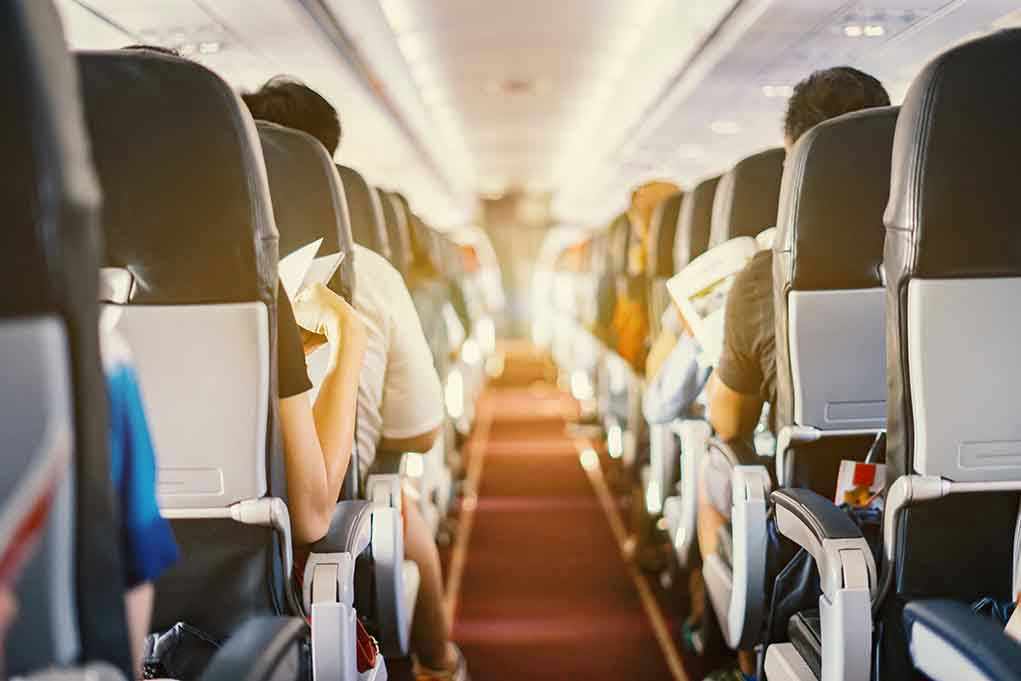
A savvy traveler recently booked two business-class tickets worth over $6,000 for just $525 in fees plus airline miles, proving that luxury air travel doesn’t require a trust fund.
Story Highlights
- Miles and points can slash business-class costs by 90% or more compared to cash prices
- Post-booking upgrades often cost thousands less than purchasing business class upfront
- Flexible travel dates and destinations unlock hidden deals on premium cabin seats
- Airlines regularly discount business-class fares through special promotions and sales
Miles Trump Cash Every Time
The most powerful weapon against inflated business-class prices sits in your frequent flyer account. Travel rewards credit cards generate miles through welcome bonuses and everyday purchases, transforming routine spending into premium travel currency. The math works beautifully: instead of paying $3,000-6,000 cash, travelers cover only taxes and fees while redeeming accumulated points. This strategy requires planning and the right credit card, but the payoff transforms expensive dreams into affordable reality.
The Upgrade Gamble That Often Pays Off
Airlines hate empty business-class seats more than passengers hate cramped coach quarters. When premium cabins don’t sell out, carriers offer upgrades through flat fees or bidding systems at prices far below original business-class fares. The risk involves flying economy if upgrades aren’t available, but flexible travelers often score luxury seats for a fraction of the published price. This approach works best on routes where business demand fluctuates unpredictably.
Premium Cabins Go on Sale Too
Even business-class tickets face market pressures that force airlines to discount premium inventory. Major carriers like Delta, United, and Air France publish promotional fares that slash hundreds or thousands from typical business-class prices. Recent examples include $1,200 Air France business seats normally priced at $1,800. Award tickets also participate in sales, stretching miles further during promotional periods. Smart travelers monitor airline deal pages before committing to full-price bookings.
These sales often coincide with seasonal demand shifts, new route launches, or competitive pressure from other carriers. The discounts rarely advertise themselves prominently, requiring dedicated research to uncover the best opportunities.
Flexibility Unlocks Hidden Savings
Low-fare calendars reveal pricing patterns that rigid travel dates obscure completely. Airlines display monthly views showing cheapest departure days for both cash and mile redemptions. A few days’ flexibility frequently cuts costs dramatically, whether paying cash or redeeming points. Google Flights and Skyscanner extend this concept further by allowing destination-agnostic searches. Travelers input departure cities, travel dates, and cabin preferences to discover unexpected bargain destinations.
This approach transforms trip planning from “how do I get to Paris cheaply” into “where can I go in business class affordably.” The method appeals to adventurous travelers willing to let deals determine destinations rather than forcing expensive itineraries.
Sources:
How to Book Business Class Flights with Points and Miles












